“We try to take what is there and then make a selection, like the brick, the chimney or the river. Taking some elements and then enhancing them. We take something and give it back in some way, every architect does that, but we enhance this aspect, rather than shape it in a very personal style. Very often, personal styles bore us. Whatever you do, you bring in your own personality, but you do that more or less.” – J.Herzog
Łódź
Last steps in Poland
One of my best friend told me about Łódź, so I decided to spend a couple of days there. The with a colossal industrial past. Even if it doesn’t look like it, Łódź is the third biggest city in Poland. Just behind Warsaw and Krakow. Although relatively dynamic nowadays, the city lost a fair share of its population by the downfall of the textile industrial era. The city is as populated now as it was in 1954. In reaction to its downfall, the municipality launched a city-scale revitalization plan in 2O10s. Turning the main street into a pedestrian friendly boulevard. As for the surroundings, most of them were under construction when I was there. So, there’s alway room for a good change. Whatever the state of a city.
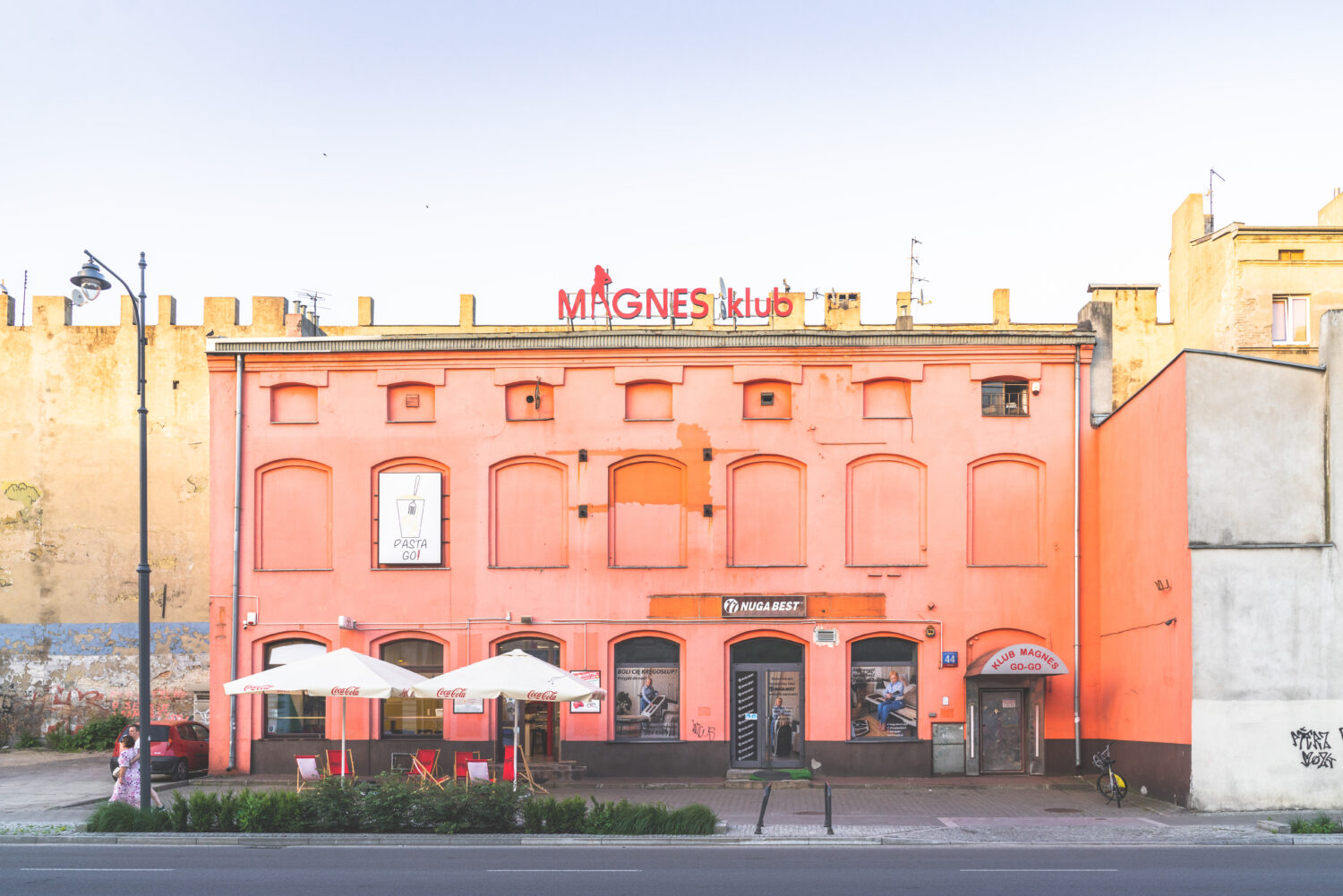
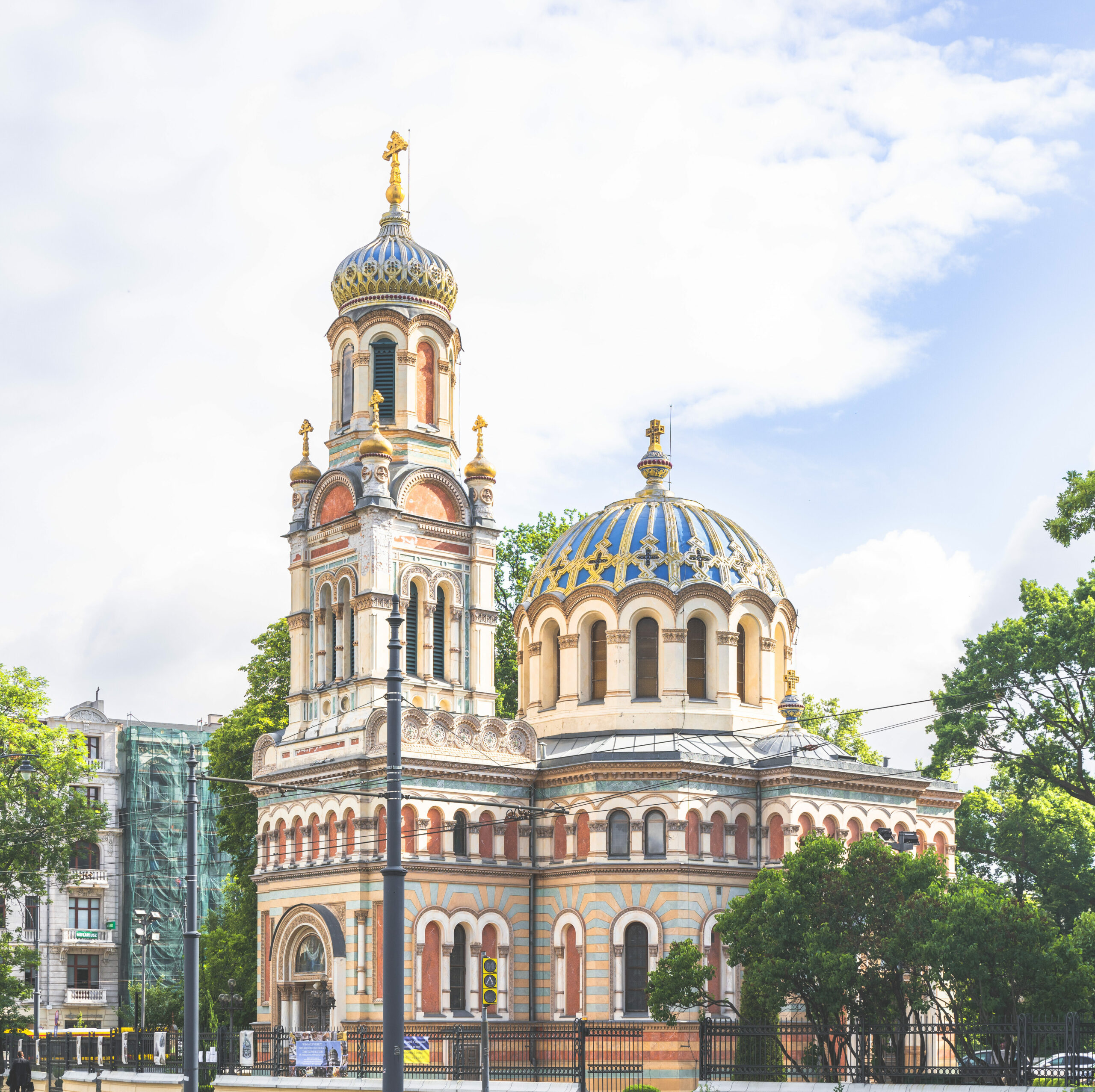
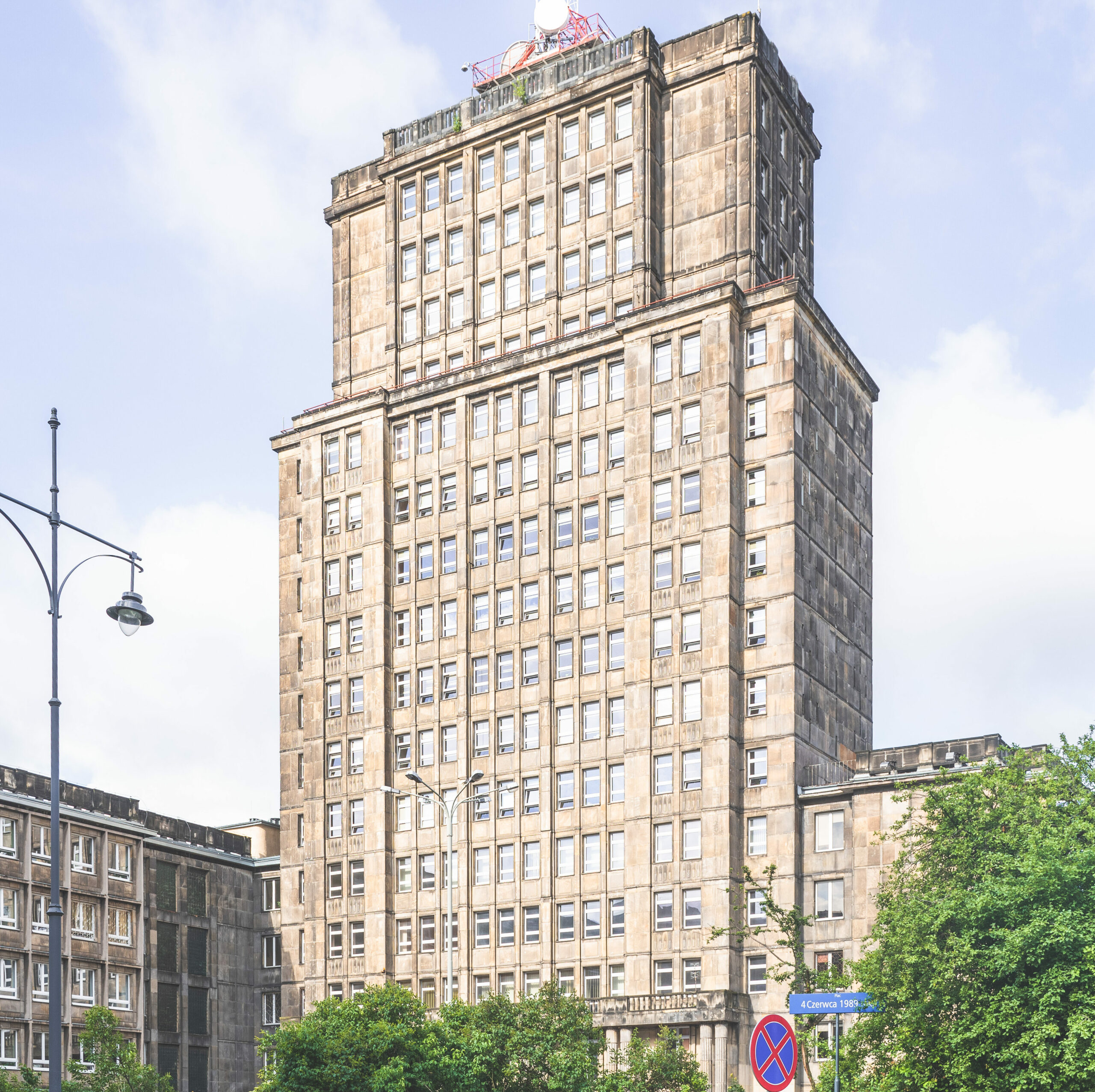
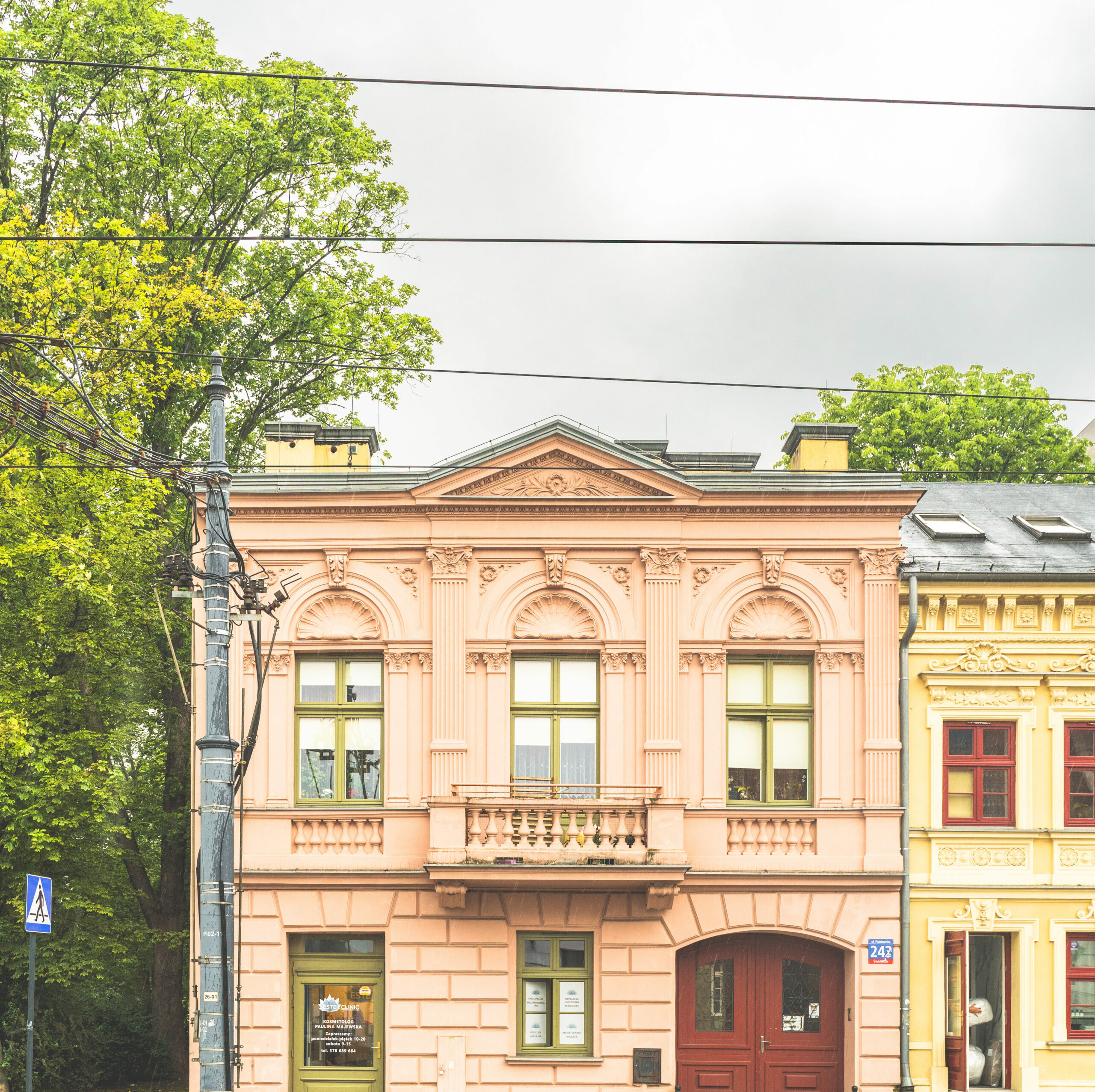
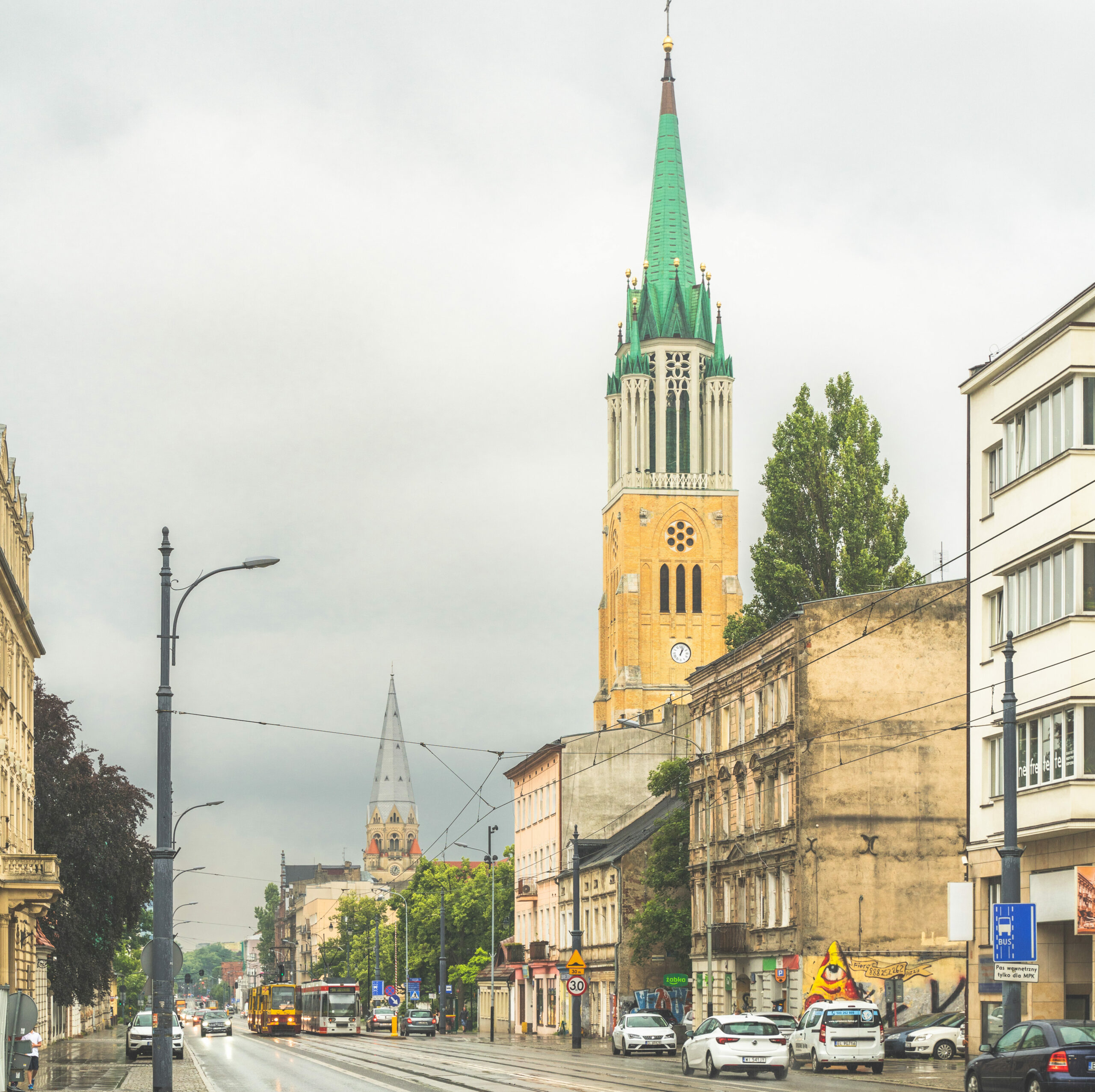
Industrial heritage
In the conquest for the recovery of its glorious past, the city also launched multiple operations on abandoned factories from the 50s. Widely restored and extended, the manufactura is a good exemple of that revitalisation movement. Although, the scale of the extensions overtook the soul of the site. How ? because it was primarily turned into commercial galleries surrounded by parking lots. Which is a bit of a shame for a place with undeniable qualities. But on a positive note, the restructuration is still a local success. The restoration did bring a fresh breath into the district, allowing others decaying buildings to be restored.
A museum is also build in one of those old beautiful red brick buildings. The MS2, which holds an abundant collection focused on polish art was a good find. Every piece of art is put into context via a small excerpt that was attached next to it. A wide part of the museum is dedicated to the “national realism” art movement. Imposed by the soviet state in the sixties. At that time, artists that wanted to be published had to follow a set of strict rules. The movement was revolving around communist ideals : work, state and family. A kind of soft propaganda we would ironically also find in capitalist America at that time.
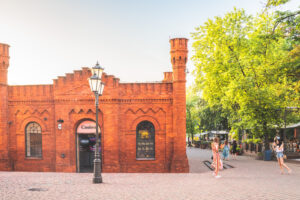
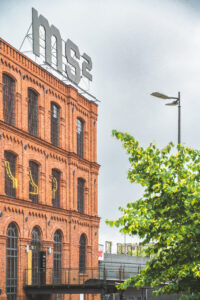
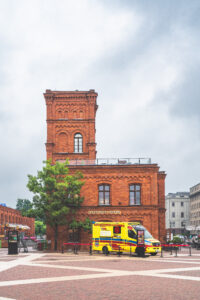
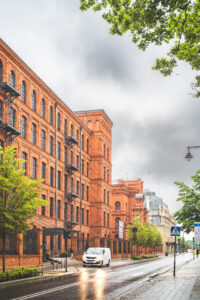
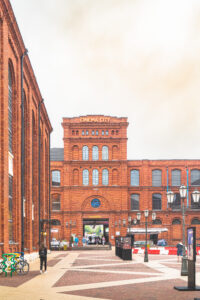
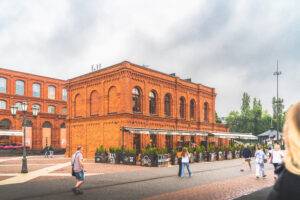
Gdańsk
The free city of Gdańsk
Gdansk used to be an independent city for many years. An autonomous status was given to the city several times throughout its history. From 1919 to 1939 it was autonomous although Poland still had administrative governance over it. By 1939, more than 90% of the city were occupied by German, which gave the Nazi a perfect excuse to claim it as German territory. When Poland refused to concede the city, it gave a second excuse to invade the whole country.
After the bombing that occurred in World War II, the city had to be rebuild on its ruins. The lead idea was to keep the Dutch-style architecture as a reference, but not to recreate every buildings as they once were. A very romanesque way of going forward. So nowadays, the city is well rebuild with a few exceptions. It’s incredibly inspiring to see all those beautiful common houses. Most of them having prosaic traits. Dull facades, maybe, but being a part of a whole is more important than being eccentric and isolated. Essentially because it gives cohesion in the city.
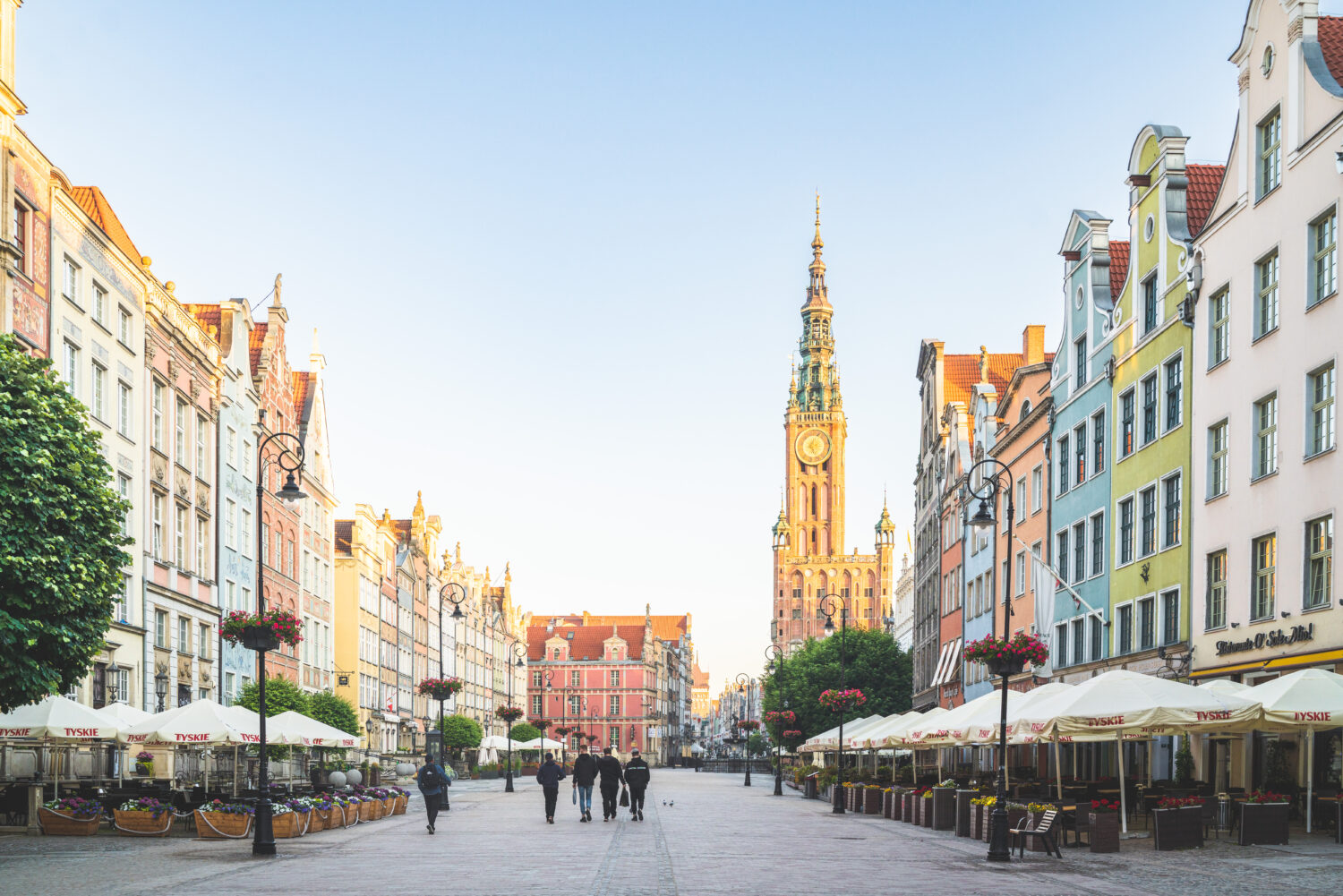
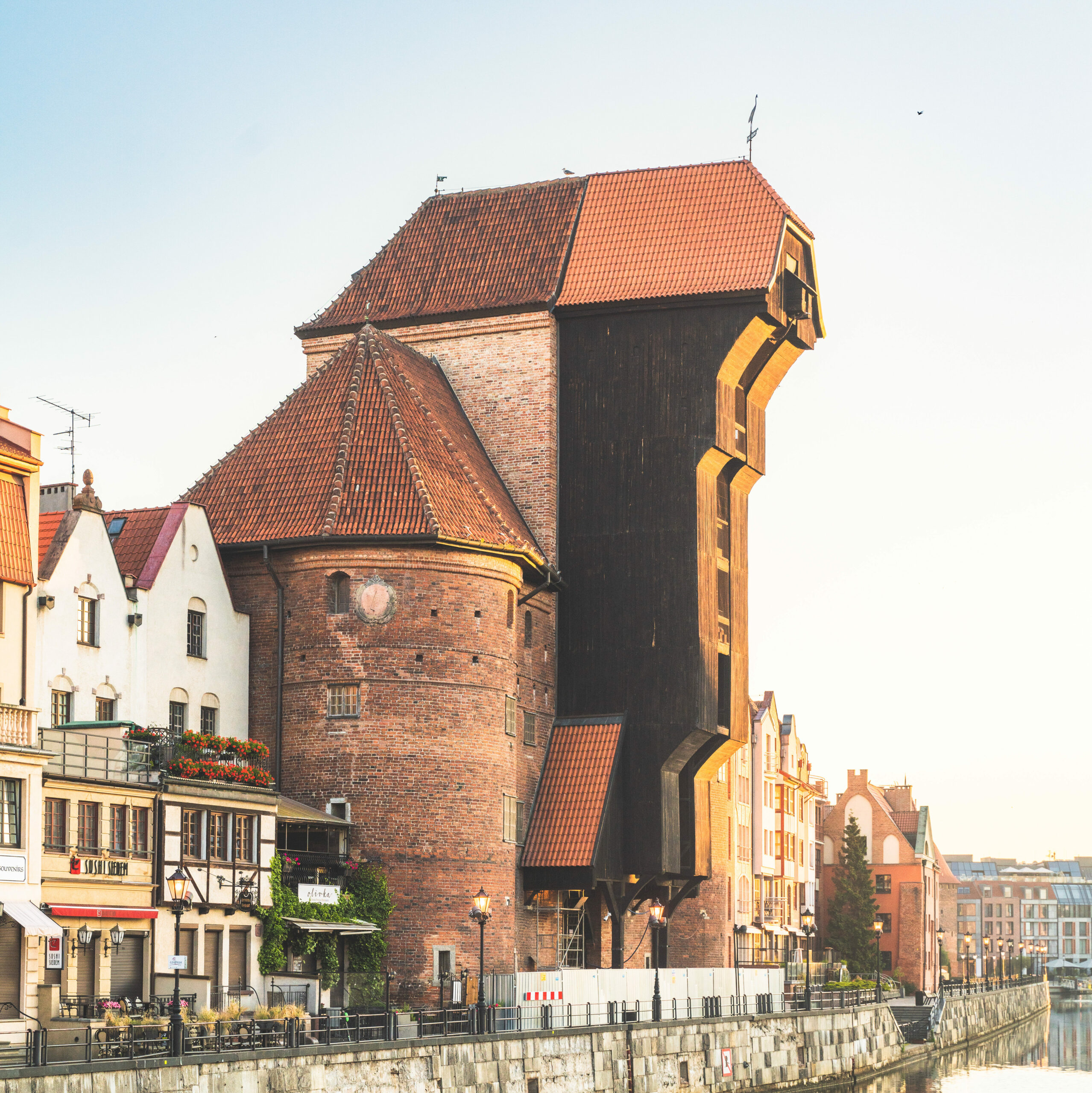
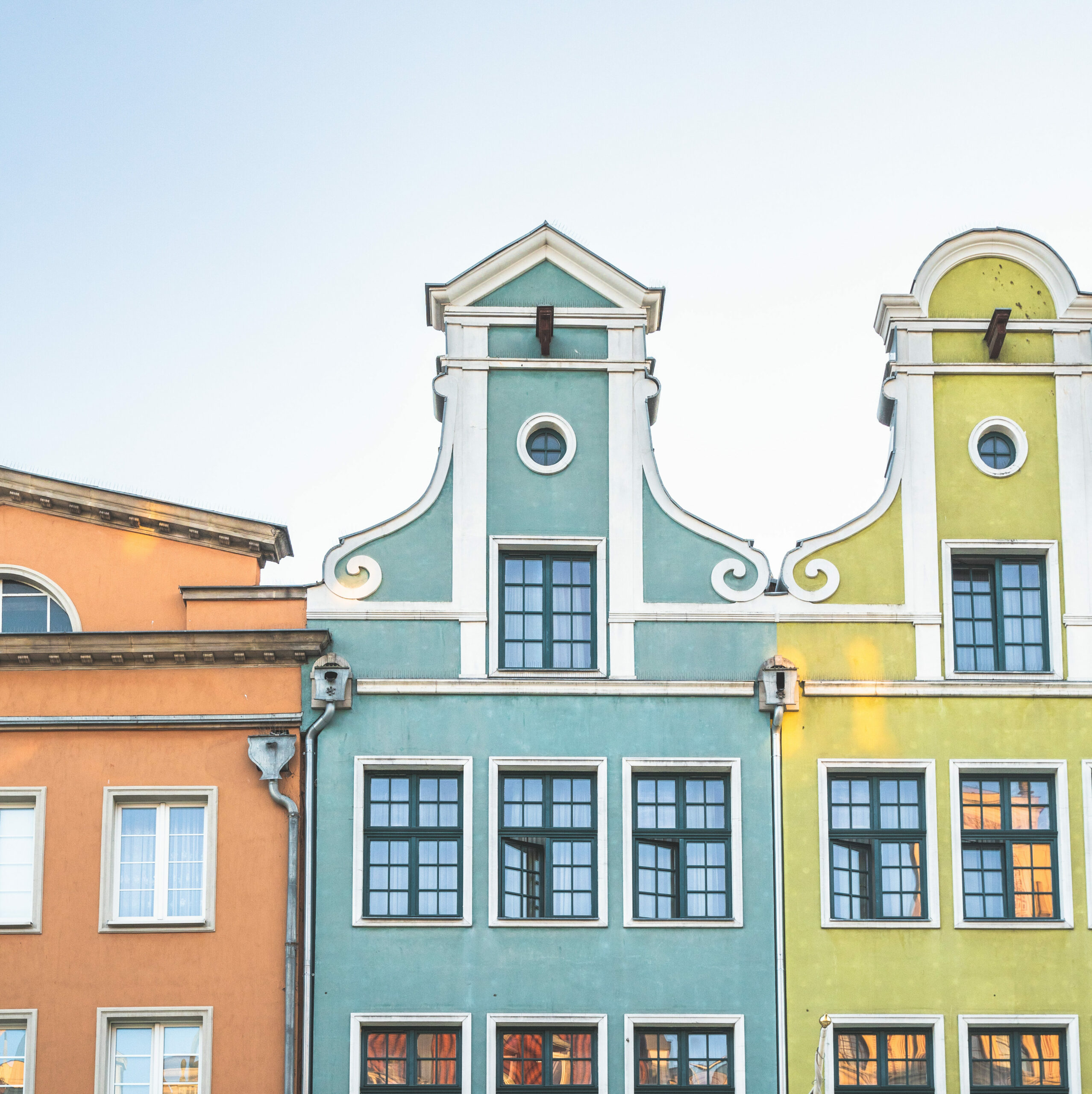
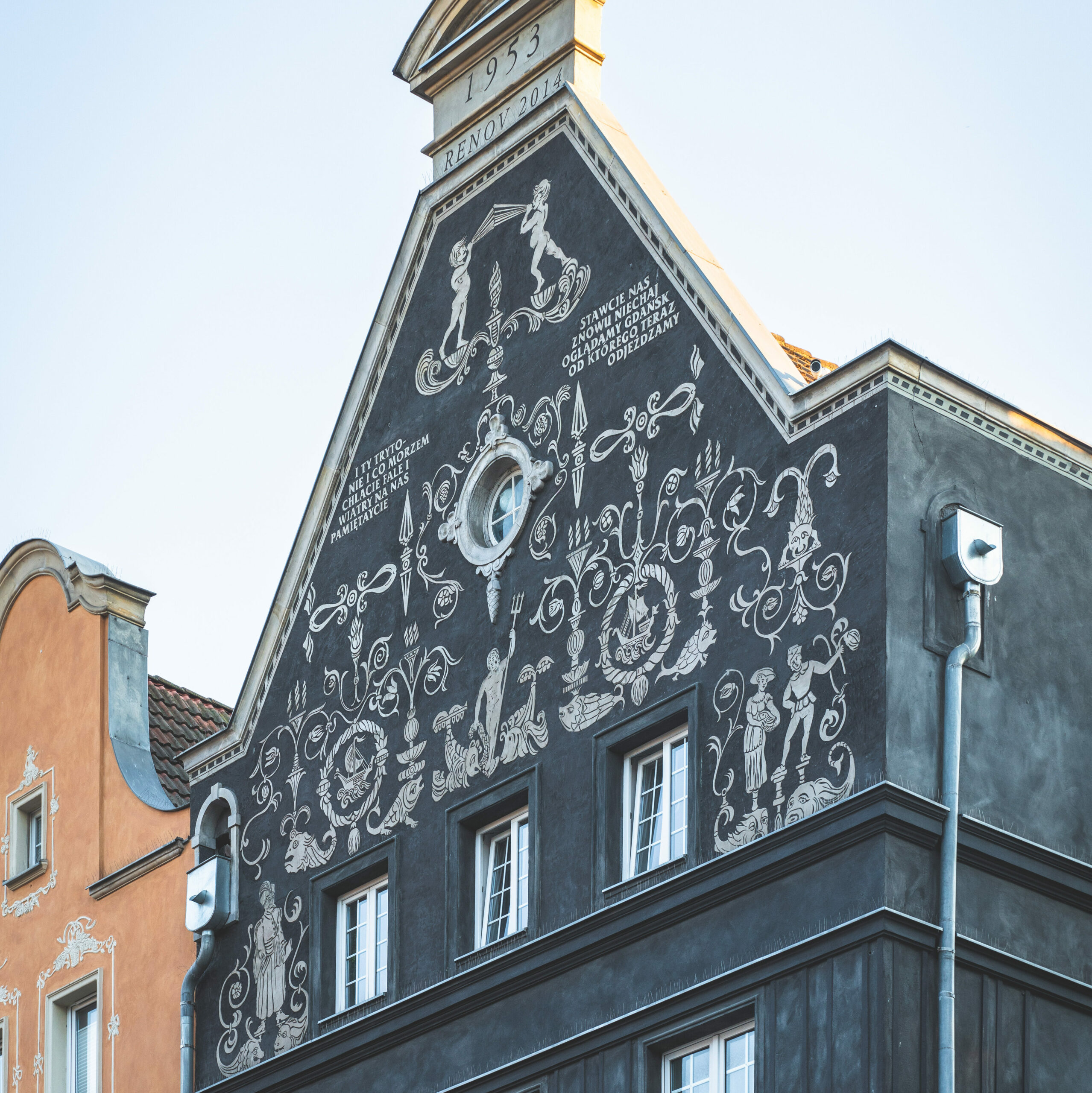
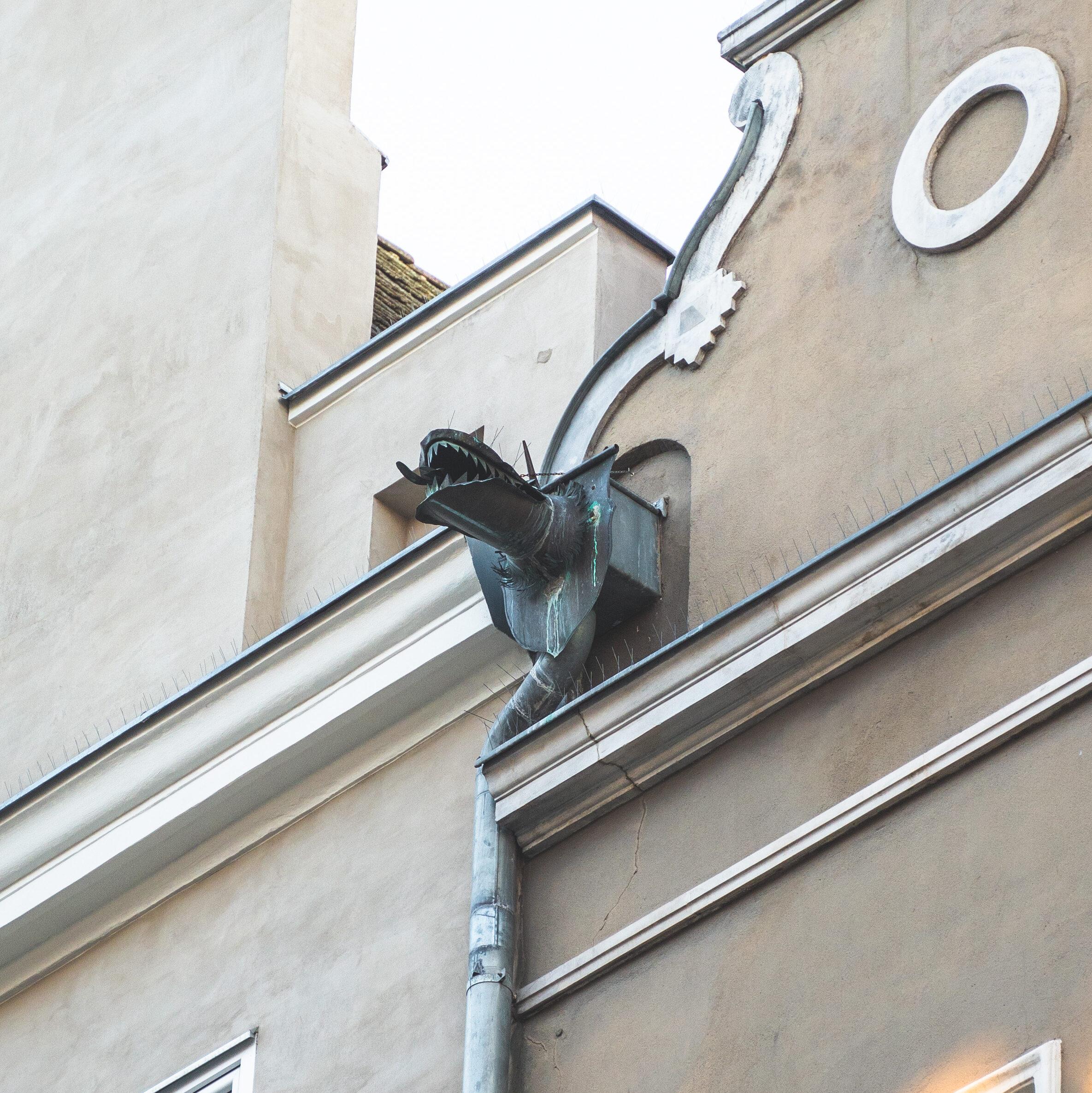
Built upon ruins
Even though Gdańsk is being rebuild for more than seventy years, it’s hard to clearly perceive the boundaries of the city. Many brownfields are still scattered in the city center. An empty field here, a ruined house there.
The ruins in Gdańsk are sparse. Sometimes abandoned, sometimes used and sometimes just ignored. One of the worst exemple I witnessed was a hotel, literally build around the remains of two brick arches. I always find it very odd to “keep just to keep” it kind of remind me of my grandmother who stockpiled everything for 90 years, just in case. Even though, there are many interesting exemples. A small wooden restaurant called Lumi, was inserted between two towers from the old city wall. It was just there, backed against the wall. Almost as if it was temporary.
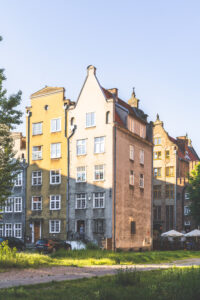
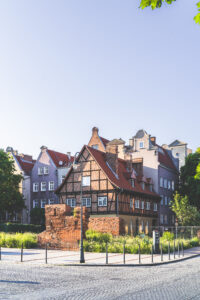
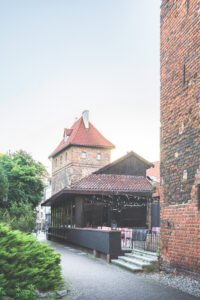
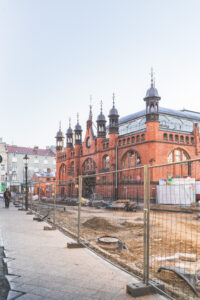
An organized mess
Gdańsk is an incredible patchwork of sober and more elaborated pieces of architecture. Although not incoherent at all, the harmony within the city is clearly there. It’s an organized mess. Built with only a few rules, such as a great respect for the context and a humble way of making architecture. This way of building emerged in the 16th century. When Gdansk used to have premium trading relationship with the Netherlands. Dutch architecture greatly influenced the city morphology back then.
The city’s urban structure is also much like Dutch cities. Houses are narrow and slender with a small garden upfront, and a bigger one in the back. A simple and efficient way to build quality houses in the downtown. Sadly, nowadays most of architecture and urban designs always want to innovate. The designer is the cornerstone of the design. Not the people. We lost ourselves in the endless possibilities offered by technologies, driven by ego and fame. Innovation is a lure, our only job as designers is to analyse and reproduce.
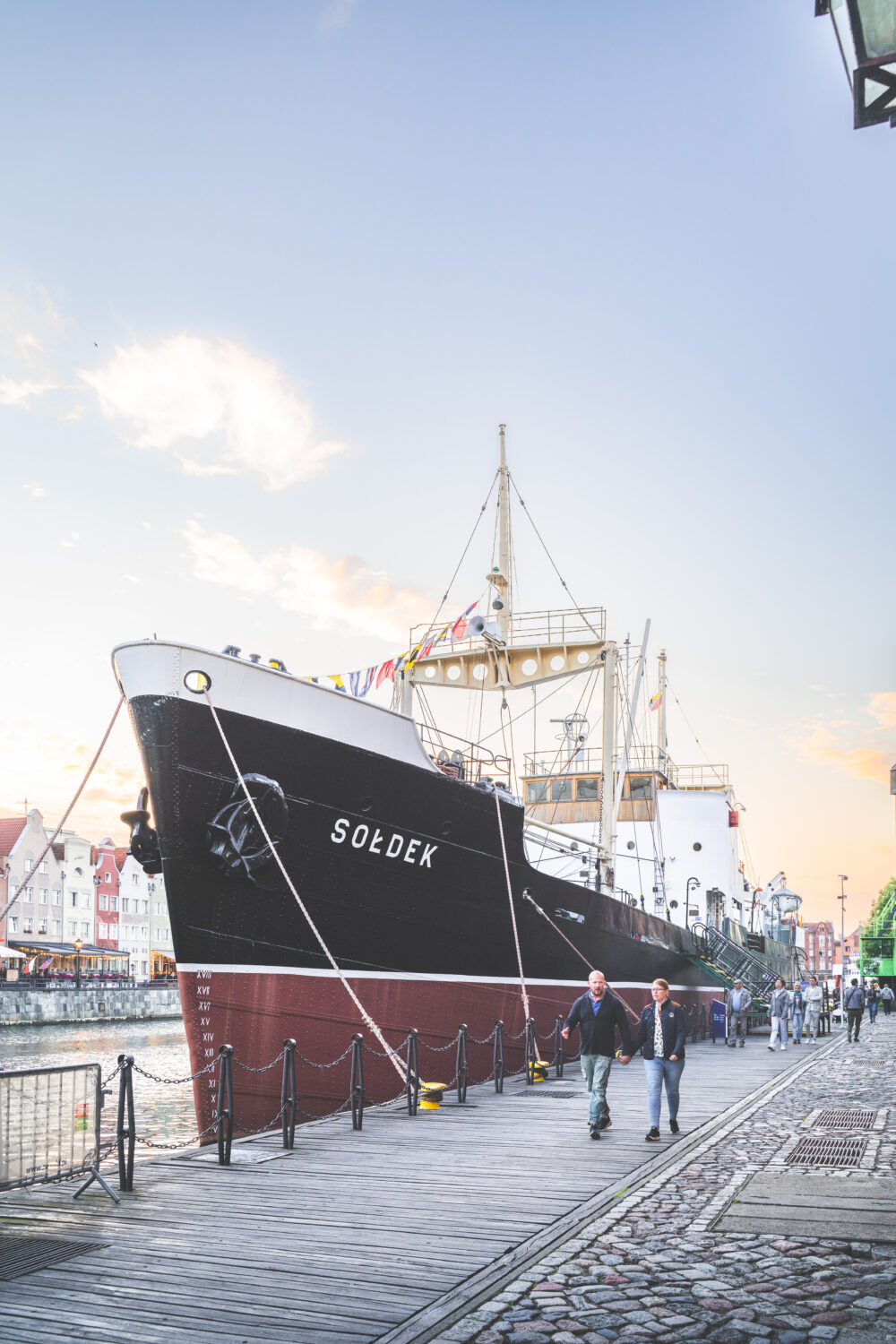
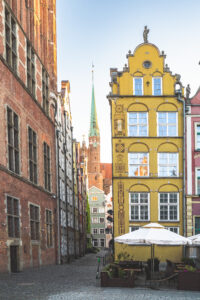
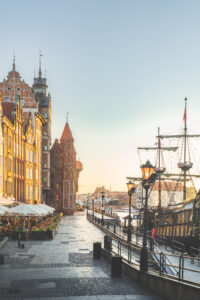
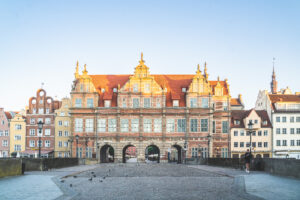
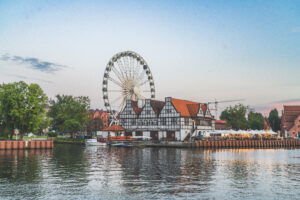
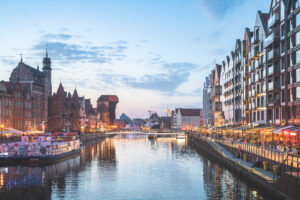
Contemporary architecture
However, there are several good contemporary architecture exemples in Gdansk. Many of them are build upon different ideas, all commemorating the history of the city. The Philharmonic is a rehabilitated old warehouse. The Shakespearean theater is build upon the great Synagog’s ruins, paying tribute to the destroyed building’s former implantation. The World War II museum, symbolically buried deep underground. Simple concepts for evocative ideas.
“The museum is divided into three zones: the past, hidden in the basement of the building, the present, which appears in the open square around the Museum, and the future, which is expressed by the dominant vantage point of the Musem” – Kwadrat architects
One of the greatest exemple of contemporary architecture I bumped into, was a brick housing complex build by the polish firm APA WOJCIECHOWSKI. The architects took great inspiration in the traditional and local shape of the old houses and their materiality. Transforming a huge field into an exceptional piece of urban and architecture design, located right next to the city center. (photo below)
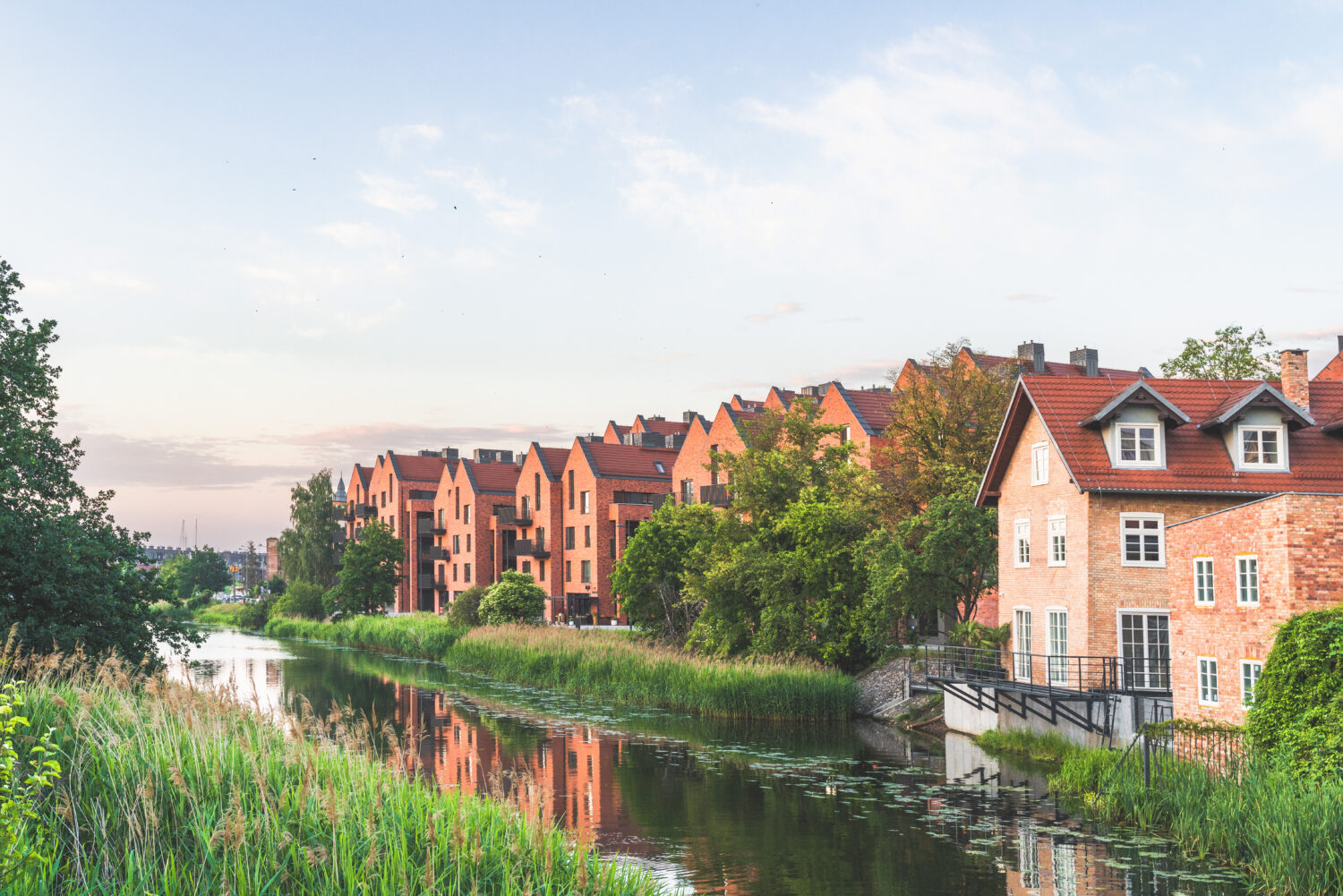
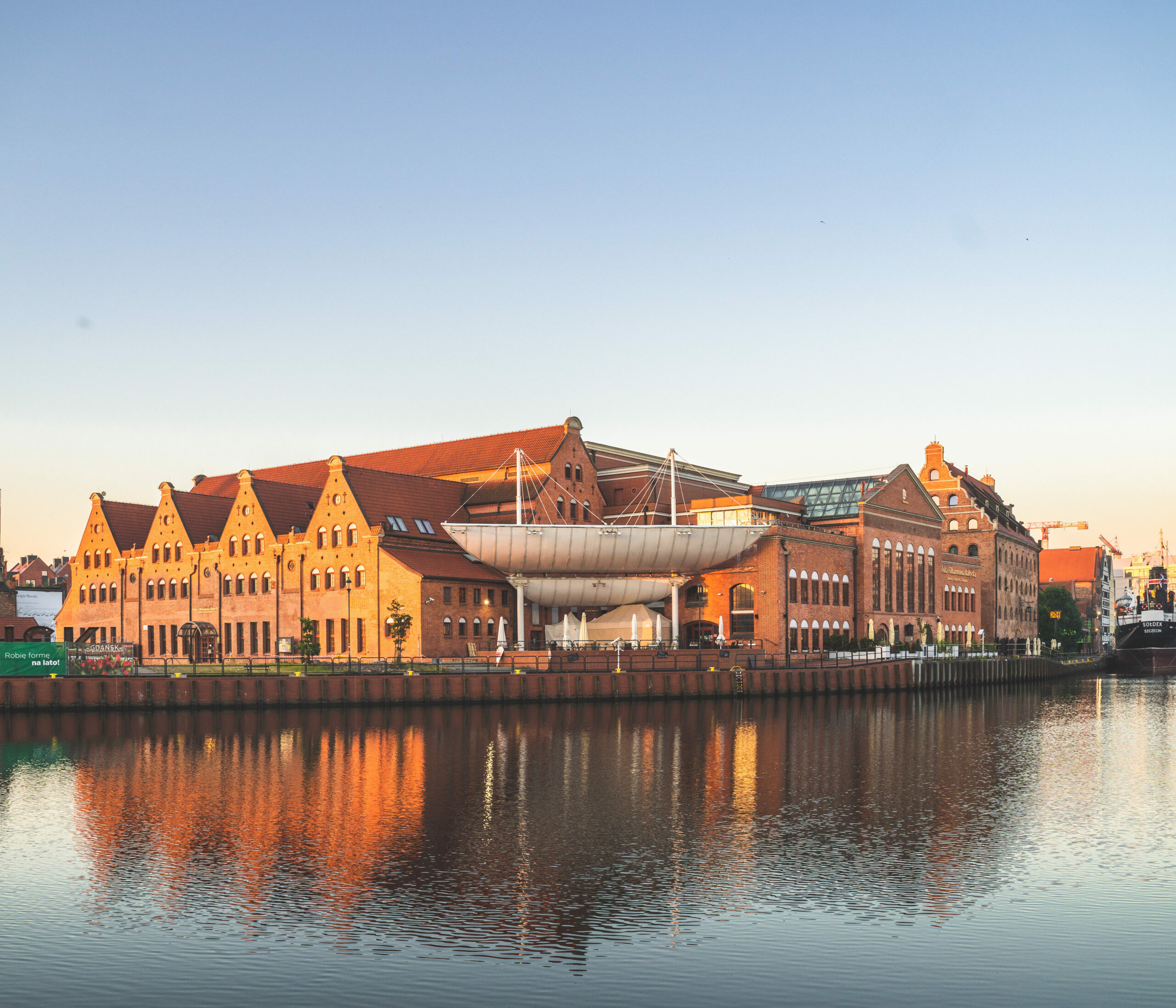
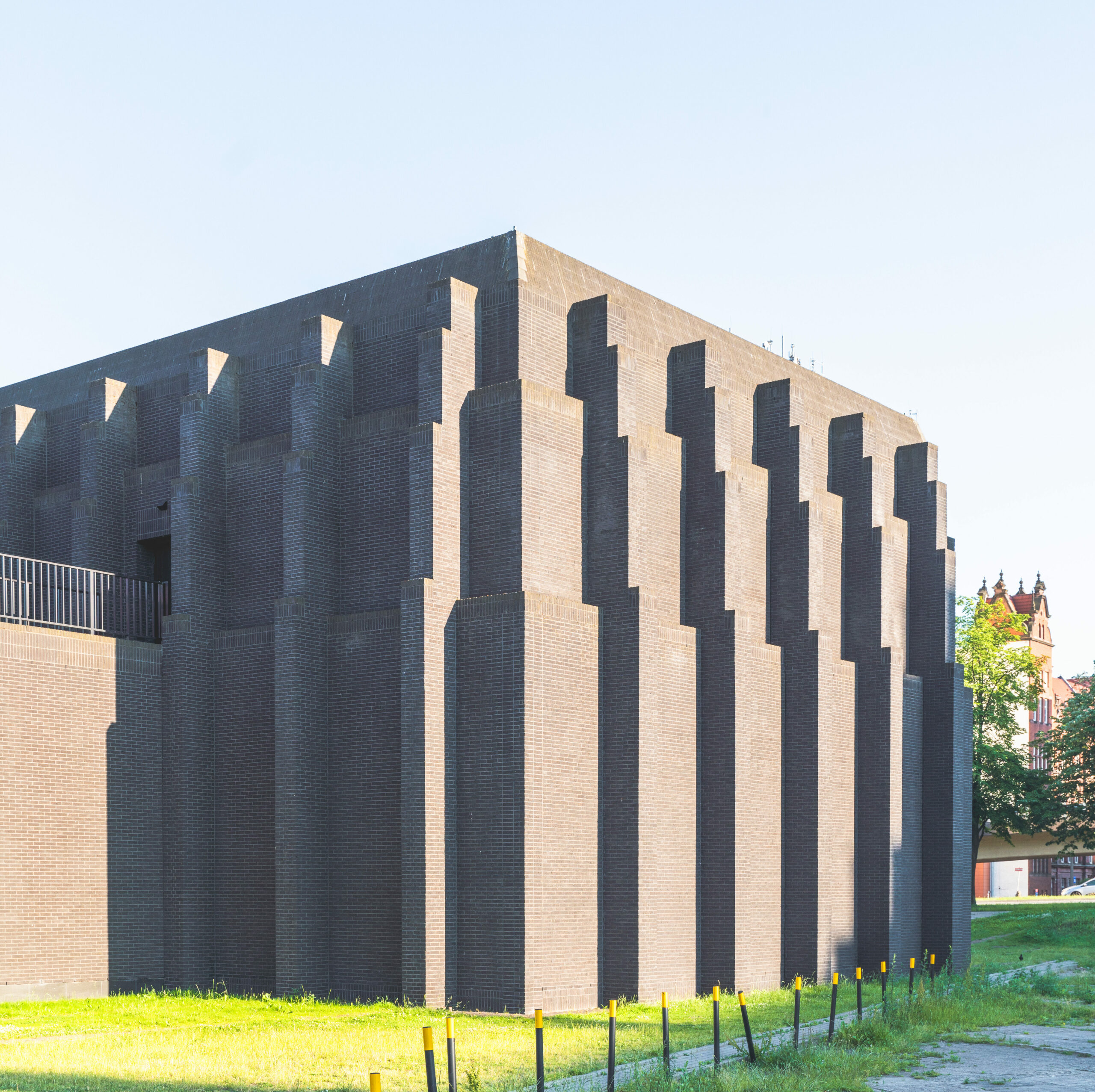
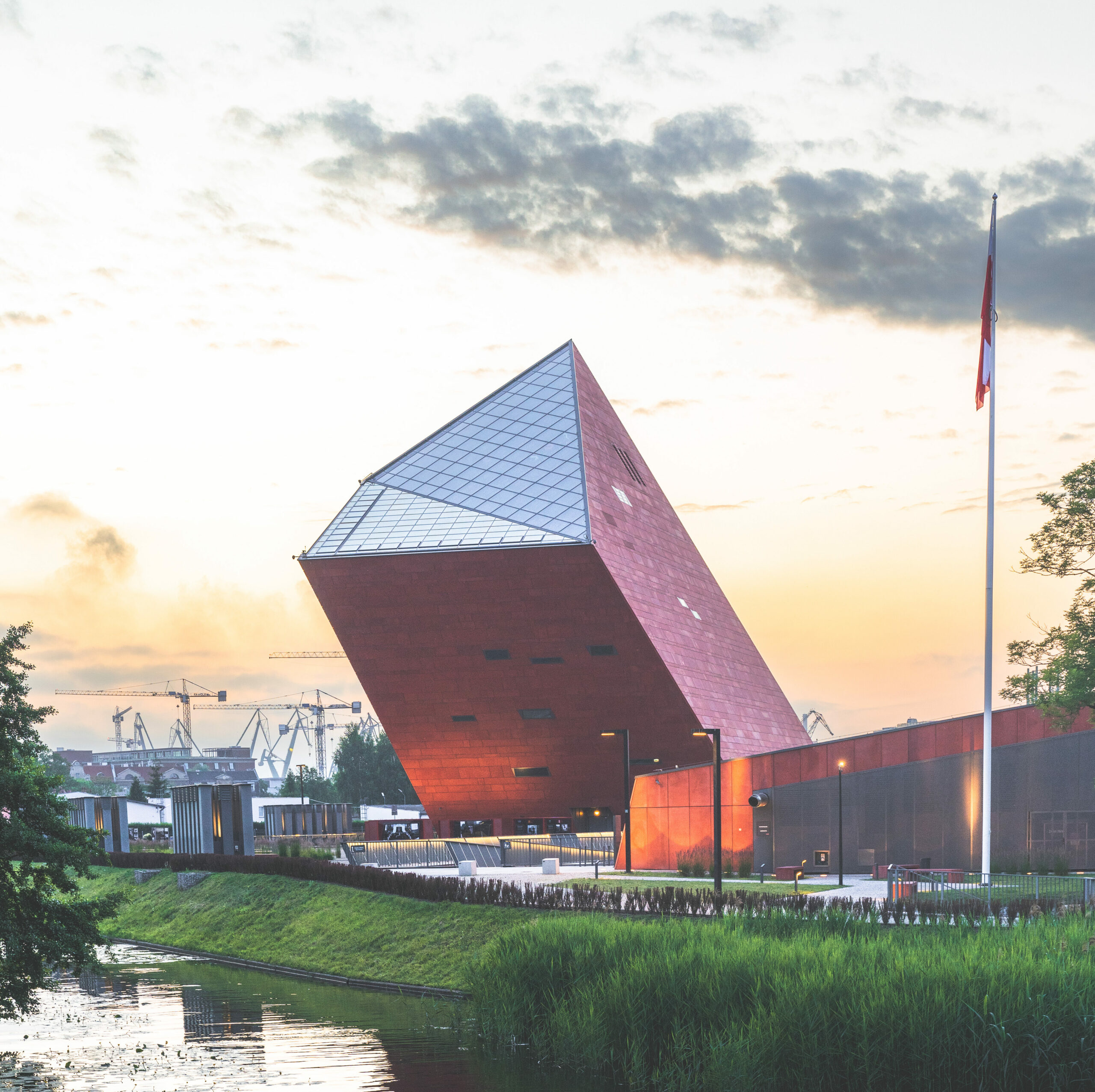
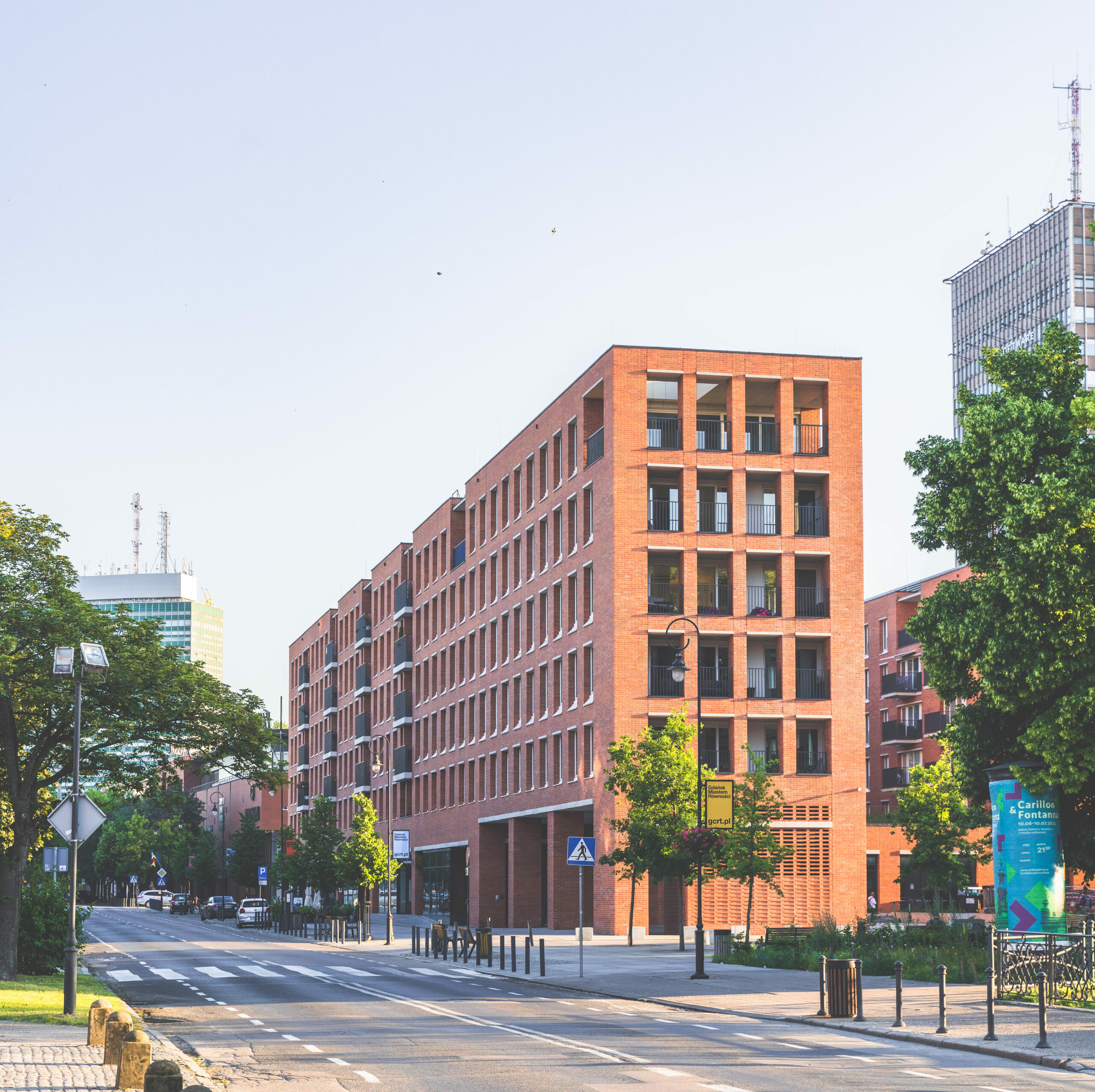
Incredible potential
A vast parc is surrounding Gdansk. Located outside the center, in between brownfields, parkings and industrial constructions. Sadly, there is no consistent design for now. Basically, the whole place is just a succession of residual spaces. Including trees here and there, tall grass, bushes and a narrow path crossing this empty space. Although the potential of a place like this is substantial. The former moats left an empty landscape ready to be defined. Where everyone sees desolated plots, I see an outstanding potential for a pristine piece or urban landscape.
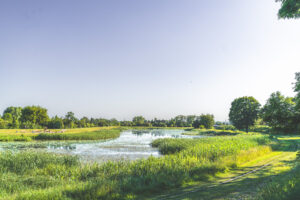
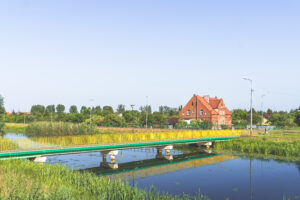



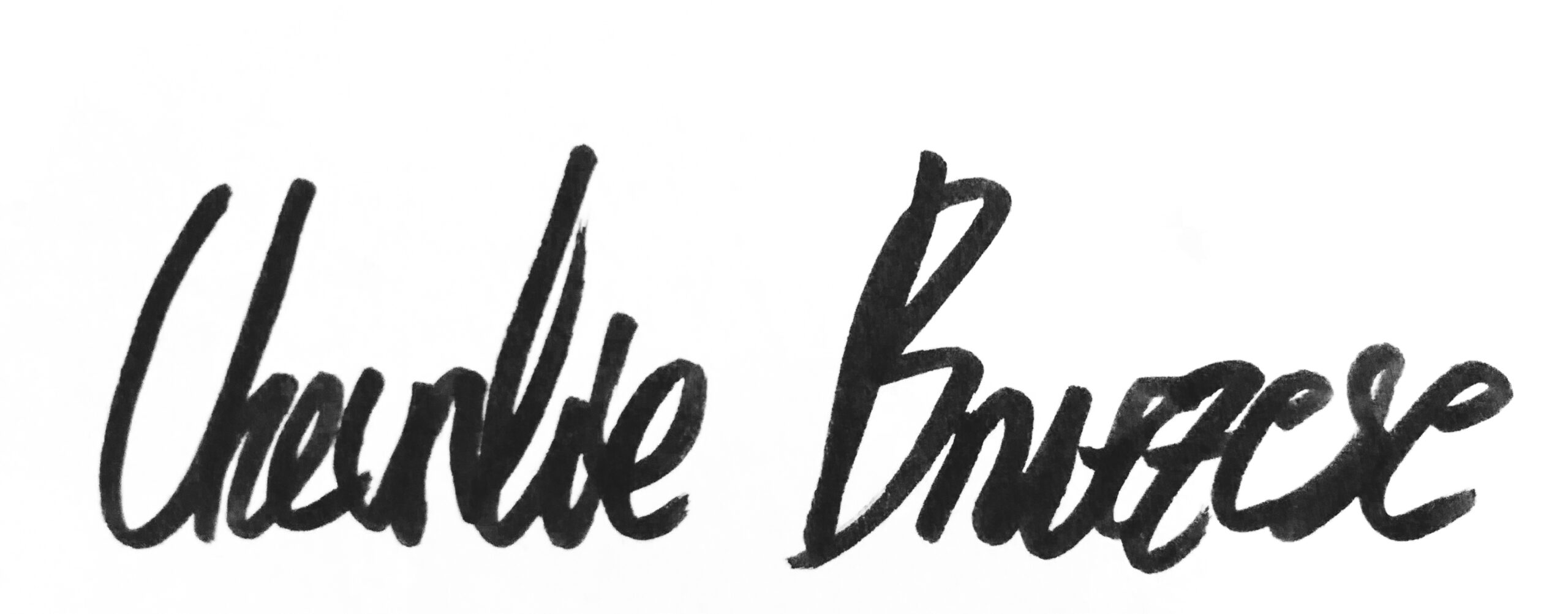
Leave a reply